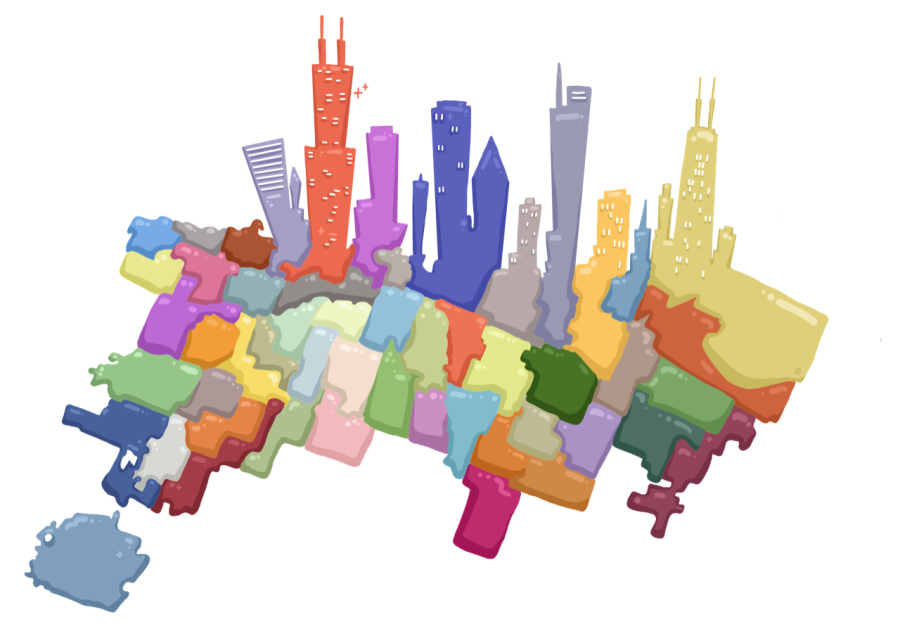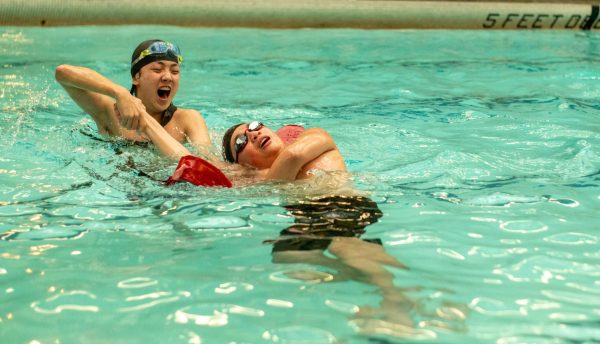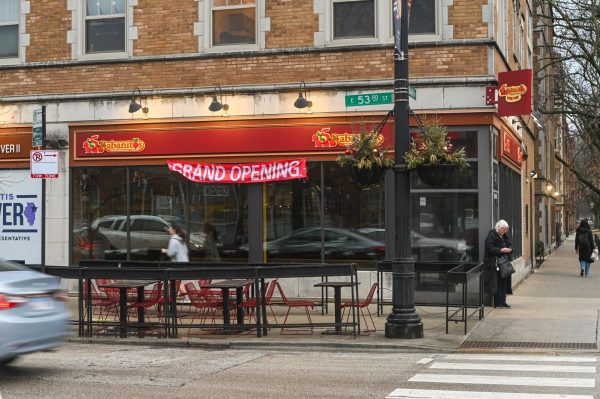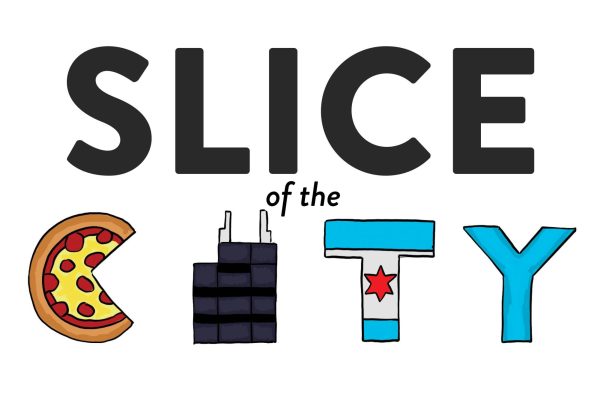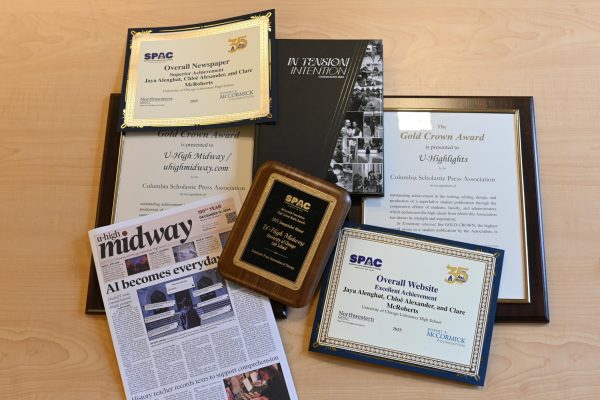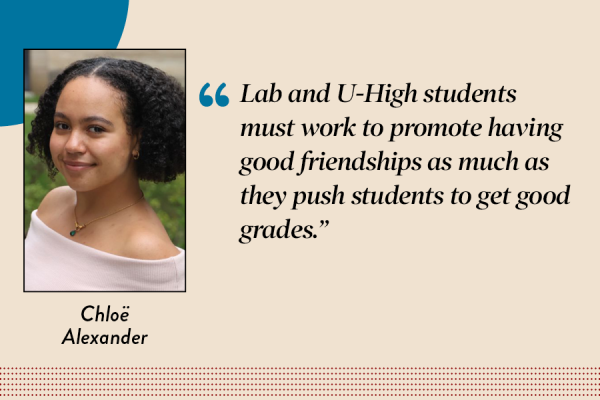Aldermen clash over ward remapping, agree on first Asian ward
Chicago’s aldermen must decide on a new ward map by May 20, when if they haven’t come to an agreement, the responsibility will be transferred to voters. The referendum would occur during the June 28 primary.
The stakes are high as the City Council works through the process to approve a new map for the city’s wards, made necessary every decade after the census to ensure wards have equal populations. Latino residents, now Chicago’s largest ethnic group, are fighting for representation, and Asian residents are close to finally becoming the majority in their own ward, symbolizing a milestone in their representation as well as what may be the end of Chicago’s political machine.
As the Black and Latino City Council caucuses clash, May 20 is the deadline for the Council to approve a new map for the city’s wards, or the decision will go to the voters in a referendum.
The City Council’s proposed map, backed by the Black Caucus, has 33 supporters, eight short of what it needs to become official. The Coalition Map created by the Latino Caucus has 15 supporters.
Key leaders in each caucus have said they don’t fear a referendum. According to Dick Simpson, a former alderman who is now a University of Illinois at Chicago political science professor, aldermen want to avoid a referendum so they don’t lose control.
“Their first priority is to have a map for their ward that would get them reelected,” Dr. Simpson said. “Second priority is probably to have a map that has good representation from their racial group. The third priority is the federal standards, and an ideal map is compact, contiguous and ideally would preserve neighborhoods.”
The 2020 Census revealed significant changes in Chicago’s racial demographics. Chicago’s white (31.4%), Latino (29.8%) and Black (28.7%) residents are nearly equal in population, and Asian Americans now make up 6.9% of the city. While Chicago’s Black population has fallen by 10% since 2010, its Latino population has grown by 5%, and its Asian population by a staggering 30%.
The Latino Caucus wants to create more Latino-majority wards to reflect their growth. Ald. Gilbert Villegas (36th), caucus chair, says the 2012 map, which had 13 Latino and 18 Black-majority wards, underrepresented Latino residents’ actual population. The Latino caucus says they won’t accept a map with fewer than 15 Latino-majority wards. While the Black caucus has conceded one ward, they have made it clear they won’t lose another.
The Black caucus only counted citizens, not all residents, when determining boundaries.
Most white alderpersons have supported the Black caucus’s map, likely because it gives them the best shot at maintaining control of their own wards.
Gains for Asian representation
Both maps include creating Chicago’s first Asian-majority ward. The Chinatown community is currently split between two wards, one of which has a 41% Asian population. To express their grievances, they must communicate with two different alderpersons while having their power diluted between both wards.
Tommy Choi of the Chinese American Service League’s Community Equity Research Center said Chinatown community leaders and residents have fought for their own ward for over two decades.
“An [Asian American Pacific Islander] City Council member would help us address the challenges of our community members facing and accessing social services, combating health disparities, navigating language barriers, which inhibits access to critical services,” Mr. Choi said.
According to Mr. Choi, 57% of Chinatown residents are foreign-born and speak their native languages at home.
After two years of the pandemic and an increase in anti-Asian harassment and violence, the prospect of an Asian majority ward has been a point of hope for the Asian American community.
“This is a very historic moment for us,” Mr. Choi said. “We can finally accomplish what we’ve been fighting for for decades.”
The current alderman representing the area, Ald. Patrick Daley Thompson (11th), proposed his own ward boundaries that would encompass Chinatown and keep together the neighborhoods the other maps encroach on but with a 48% Asian population.
In a letter to his constituents Ald. Thompson wrote the new map should keep neighborhoods together instead of creating boundaries based on race.
“Dividing areas or neighborhoods based on race is indeed racism,” he wrote.
Ald. Thompson wants Canaryville, a primarily white, historically Irish neighborhood that has played an essential role in the Daley family’s political legacy, to remain in the 11th ward.
Ald. Thompson is one of two aldermen who haven’t shown support for either the Black or Latino caucus maps.
According to Dr. Simpson, the City Council has four main factions: liberal centrist, progressive, conservative and the machine political bloc. The Daley family belongs to the latter.
“It is a power struggle among multiple factions,” Dr. Simpson said, “from each of the political points of view there’s a lot at stake.”
Whether or not the remapping process goes to a referendum, the final map the city will use will have profound consequences for Chicago’s next decade of politics.
“[The factions] are all vying for power,” Dr. Simpson said, “and who gets elected and which of those blocs make a majority and who’s the next mayor will determine the future of all legislation in the city.”





















































